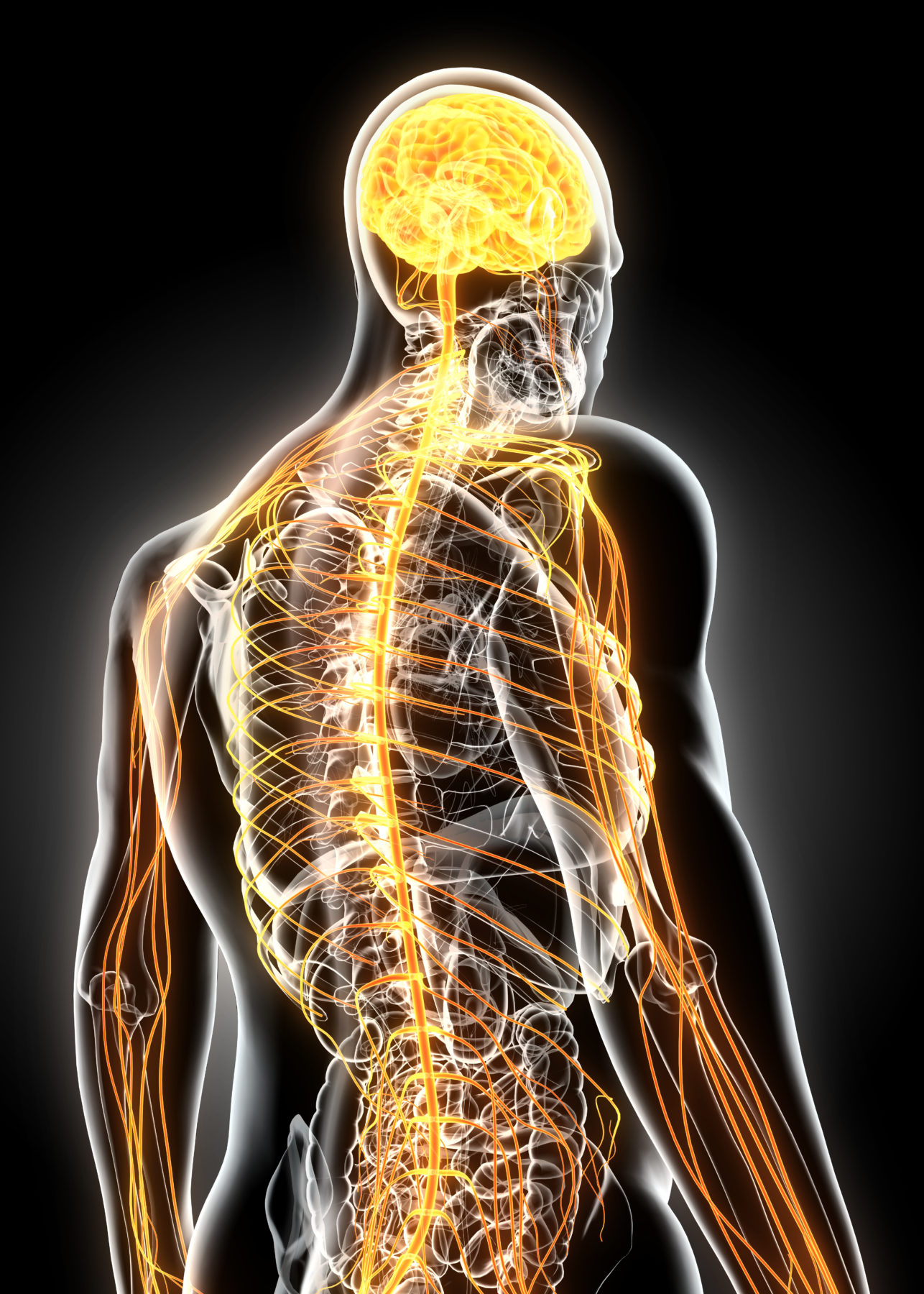Low-level laser therapy is an easy-to-use, safe and non-invasive and treatment method that stimulates cells and tissues sustainably.
In neurology, a whole series of scientific experiments, animal studies and clinical trials demonstrate the therapeutic efficacy of laser light, e.g. in the regeneration of peripheral nerves and the treatment of stroke, traumatic brain injury, Alzheimer’s or Parkinson’s disease.
Most importantly, the concentrations of harmful reactive oxygen species are reduced and nerve-specific growth factors are activated. In addition, the anti-inflammatory and regenerative effects of red and infrared lasers come into play.
Their effect is based on the principle of photobiomodulation (PBM). Laserneedle therapy has the following effects
- anti-edematous
- anti-inflammatory
- analgesic
- cell proliferating
- neuroprotective
GENERAL INDICATION
- Nerve injuries
SPECIFIC INDICATIONS
- traumatic nerve lesion
- peripheral nerve damage, strokes
- traumatic brain injuries
LASERNEEDLE TREATMENT
LASERNEEDLE technology allows targeted and pinpoint irradiation of nerves, as well as two-dimensional therapy, e.g. irradiation of the skull. Due to the high depth of action, even deeper regions are reached, where the healing effect can unfold in the tissue. The irradiation can be performed from several sides at the same time and thus allows a uniform treatment of the affected area.
During the therapy, the doctor or therapist does not have to be present and can devote his attention to the next patient, for example. Few treatments are enough to relieve swelling, pain, inflammation and to improve the growth processes.


